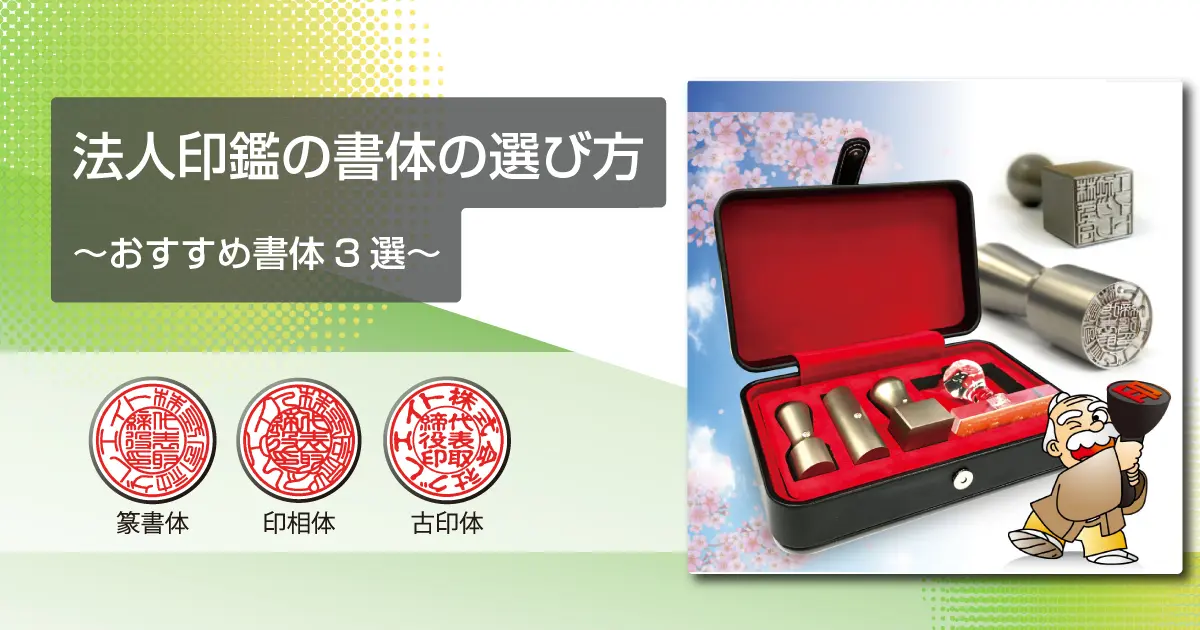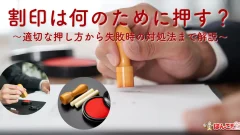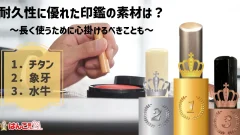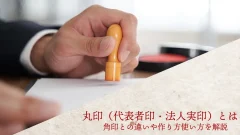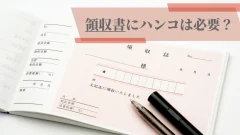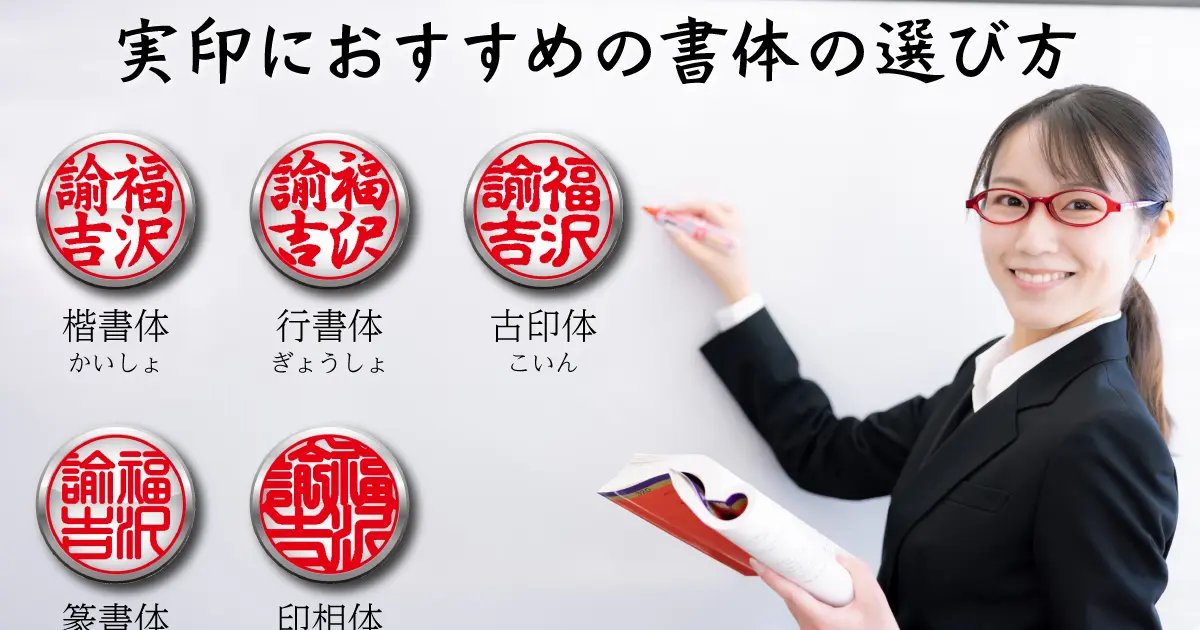For corporate HANKO, which are indispensable for operating corporations such as companies and organizations, it is important to choose the typeface that affects the impression of the seal. However, there are many choices when it comes to fonts for HANKO, so many people may have trouble deciding which one to choose.
First, we will introduce some basic knowledge about corporate HANKO, as well as the types and characteristics of fonts recommended for corporate HANKO. Please refer to this when creating your corporate HANKO.
Contents
Basic knowledge about corporate HANKO
Corporate HANKO include a ``representative seal (circle seal)'' which is also known as the company's registered seal, a ``bank seal'' for bank procedures, a frequently used ``square seal (company seal)'', and contact information such as address. There is a rubber stamp "address stamp" that can be stamped. After opening a company or organization, you will need to prepare this 4-piece set.
[Corporate HANKO] Representative seal (official company seal/circle seal)
The representative company seal is the HANKO of the representative of the company. Register this representative seal in order to register the company's registered seal and issue a HANKO certificate.
The face of the seal is generally engraved with the company name and the title of the company's representative, such as ``XX Co., Ltd. Representative Director Seal,'' followed by ``Seal'' or ``No Seal'' at the end.
There is a regulation that the size of the seal must be between 10mm and 30mm, and it is common to make it at 18mm. The shape is round.
There are several names for representative seals, such as ``official seals'' because they contain the job title, and ``maru seals'' because of their round shape.
The representative seal is used to stamp important documents such as company transactions.
[Corporate HANKO] Bank seal
A bank seal is a HANKO that is registered when opening a bank account. Opening a bank account is required for transactions, salary payments, etc. Therefore, prepare a special HANKO for your bank account.
The stamp is engraved with "○○ Co., Ltd. Bank Seal".
The size of the stamp is generally 16.5mm, which is one size smaller than the representative stamp.
Bank seals are used not only for opening accounts but also for withdrawing deposits.
[Corporate HANKO] Square seal (company seal)
Kakuin seals are used in the exchange of various company documents.
Generally, the name of the company or corporation is engraved on the stamp surface, such as "XX Co., Ltd.", and depending on the number of characters, a "seal" or "no-in" is added at the end. Sometimes it's just the company name, but we'll match it to the number of characters and the balance of the stamp.
The size of the stamp surface is generally 24 mm square, and the shape is square.
Square stamps are used for documents that occur on a daily basis, such as invoices and receipts.
[Corporate HANKO] Address stamp
In addition to the basic corporate HANKO such as representative company seals, bank seals, and company seals, it is also convenient to have an address stamp.
Address stamps are rubber stamps that can be used to stamp company names, addresses, TEL, etc., and are used on handwritten receipts, envelopes, etc.
In addition to integrated address stamps, there are also parent and child stamp types that allow you to rearrange the order of the contents, and penetrating stamps with built-in ink.
What is a HANKO typeface?
Several types of fonts are used for HANKO. There is no problem with the font you choose for your HANKO, as long as it allows you to distinguish the impression of your seal and has the ability to perform cross-checking.
3 fonts recommended for corporate HANKO
Here we will introduce three types of fonts recommended for corporate HANKO. Each typeface has different characteristics.
Seal typeface
Seal typeface is a typeface that is often used for corporate HANKO, and is often seen as a standard typeface for HANKO. It has been used since ancient times in Japanese history, and is still used today for stamps on banknotes.
Seal typefaces are characterized by having horizontal and vertical lines that are symmetrical. The thickness of the letters is uniform and the corners are rounded. The typeface is difficult to read at first glance and is difficult to copy, so it is often chosen not only for corporate HANKO but also for personal registered seals and bank seals.
Insoutai
Inso font is a typeface that is an arrangement of seal font. It is made for HANKO and is carved so that the lines of the characters stick to the outer frame of the seal impression. Because the lines of the letters spread out in all directions, it is said to be auspicious, and is a typeface often chosen for personal registered seals and bank seals.
It is characterized by thicker lines and less blank space than a seal typeface, and by making the letters thicker, it also has the effect of preventing the outer diameter and lines of the letters from being chipped.
This typeface is even more difficult to decipher than the seal typeface.
Kointai
Kointai is a typeface unique to Japan and is easy to read. However, it has a distinct design with uneven lines and rounded edges, making it difficult to duplicate. This typeface is easy to read and highly versatile, and is mainly used for seals.
Materials for corporate seals that you should choose along with HANKO HANKO
For corporate HANKO, why not pay attention to not only the font but also the material of the HANKO? We recommend using durable materials so that you can use it for a long time. If the seal impression changes due to damage or deterioration over time, it will no longer function as a corporate HANKO, and you will need to take measures such as remaking it or reregistering it with the respective institution. We will introduce recommended materials for corporate HANKO.
Titanium
Titanium is a metal material. Among metals, it is hard and does not easily deform, does not burn, does not rust, and can be used semi-permanently. Silver gold. It comes in a variety of colors including black, and has a stylish design.
Genuine ivory
Genuine ivory, which is highly rare, is known as the king of HANKO, and is extremely durable and easy to stamp.
black buffalo
Black buffalo uses water buffalo horn. It is a material that has been dyed jet black and has a profound feel and presence. It is a widely popular stamp material because of its moderate stickiness and ease of stamping.
Mototsuge
The material of mototsuge is wood . Among wood types, it has a high density, making it extremely strong and durable. By using it for many years, it develops a wood-like luster, so you can enjoy the change in texture.
summary
Above, we have introduced recommended fonts based on the basic knowledge of corporate HANKO. We have also introduced recommended materials for highly durable HANKO, so that you can consider the typeface and the material as well.
It is recommended to create a corporate HANKO as a set with a representative seal, bank seal, company seal, and address seal. If you are particular about the typeface and materials you create, you will be able to use it for many years with even more love.
Related article
 日本語
日本語 English
English 简体中文
简体中文 繁體中文
繁體中文 한국어
한국어 ไทย
ไทย Tiếng Việt
Tiếng Việt Indonesia
Indonesia Français
Français Español
Español Português
Português
